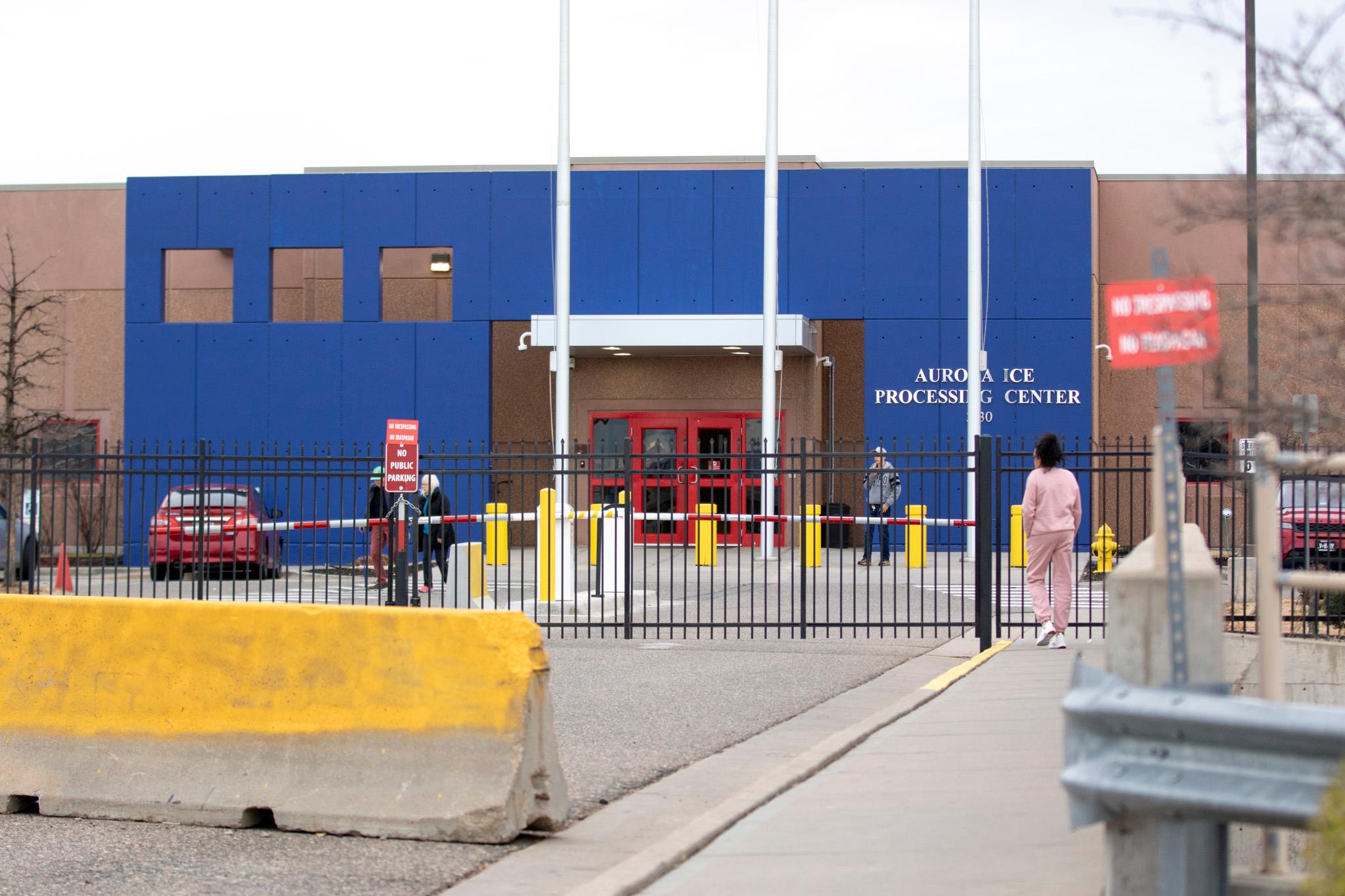
When schools open their doors in a few weeks, educators, administrators, parents and students will have a new guide for incorporating artificial intelligence in the classroom.
The Colorado Education Initiative released its roadmap Tuesday as a set of guidelines to help integrate AI into education policy and curriculums. The group hopes its guide will help students gain a competitive edge in the evolving technology. Colorado is believed to be the 20th state to roll out an AI roadmap for educators.
“We can use AI for great things, and we've got a responsibility to help our kids be ready,” said Karen Quanbeck, vice president of state partnerships for the Colorado Education Initiative, a nonprofit that collaborates and innovates with schools, districts and the state. “But at the same time, we've got to step into this cautiously.”
CEI brought together more than 100 people — including teachers, students and tech experts, both rural and urban — to create the roadmap.
Local school districts set policies in Colorado, so they define their own rules about new teaching or learning technology.
“We wanted something that was practical, not prescriptive, but usable for especially those districts that don't have the infrastructure,” she said.
The roadmap focuses on three main areas: teaching and learning, advancing equity, and developing policy for transparent and ethical use.
Teaching and learning
The report said it’s crucial for students to grasp concepts like AI “hallucinations,” data privacy and the potential for bias in AI. They also need to know how to use AI technology effectively, ethically and safely.
“Even in entry level jobs we’re seeing that companies are expecting people to be able to understand and implement AI … It’s becoming so critical that schools are teaching it for the future success of students,” said one student in the report who sat on a working group.
The roadmap provides examples of how AI can support students. Those uses include tailoring curriculum to match a student’s learning pace, serving as a real-time tutor, helping students bring imaginative ideas to life, building code, developing writing or math skills, exploring careers and correcting grammar for language learners.
For educators, the roadmap said AI has the potential to increase the amount of time available to work directly with students and reduce time spent on activities that could be automated, such as administrative work, grading, differentiating lesson plans, and data analysis. It can generate individualized feedback on student assignments, for example.
The roadmap also shares AI’s shortcomings, such as its limited ability to understand emotional and cultural nuances or perform complex decision-making. It also cannot stand in for peer-to-peer exchange.
Advancing equity
The roadmap recommends that schools engage families and students, particularly English language learners and rural families, to ensure that all students can learn about AI. It recommends giving all students the opportunity to not just complete passive assignments, but to analyze, build, produce and create using AI.
“We want to make sure that kids have opportunities not just to be consumers of AI but to also create with AI,” said Quanbeck.
Right now, Colorado doesn’t analyze disparities in access to classroom technology across different regions and schools. The roadmap calls on the state to conduct audits to identify inequities and then provide equipment and software to bridge the gaps.
Some teachers are already creating lessons to educate students about how AI can perpetuate biases, for example, in who gets loans or how it’s used to distort elections.
Transparent and ethical use
Many Colorado districts already have existing policies on data privacy and ethics that will suffice, said Quanbeck. But the roadmap prioritizes “fluid guidance” over rigid policies because AI is changing so quickly. It encourages experimentation and exploration for teachers and students while maintaining privacy safeguards. And it advises transparency in how data is used, how it will be stored and how to navigate data sharing practices with subcontractors.
Next steps
The roadmap concludes with next steps for school districts, like creating a task force on AI and updating conduct and discipline policies, as well as for statewide organizations. The roadmap also includes many resources to help districts develop policies but also help teachers with lesson plans and boosting their knowledge.
A pilot program called Elevate AI is launching in eight districts. CEI received a $2.9 million state grant and support from the Gill Foundation to run the pilot. What the schools learn from that program will be used to revise the roadmap.









